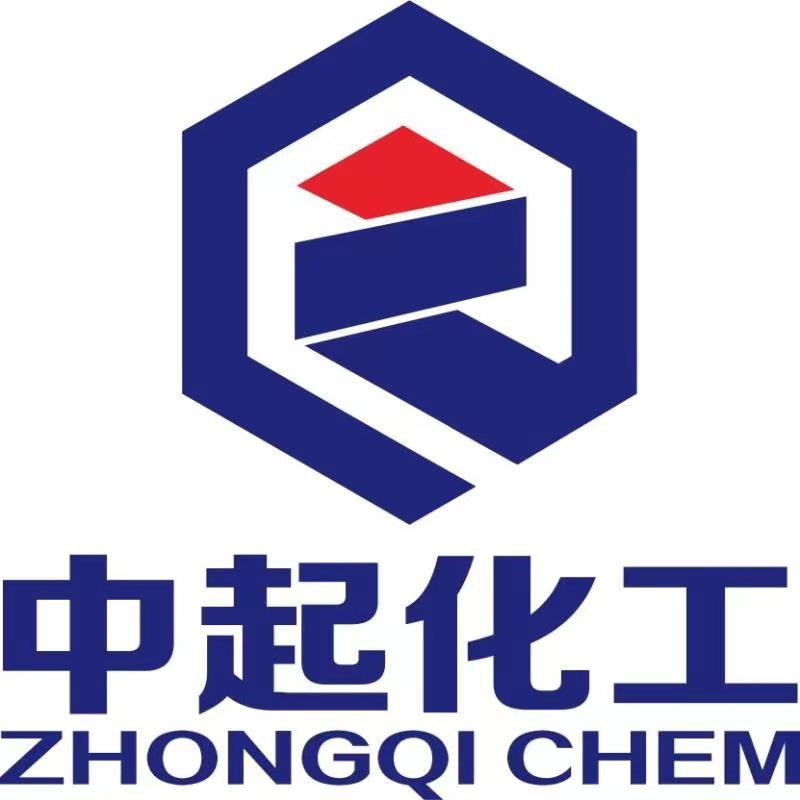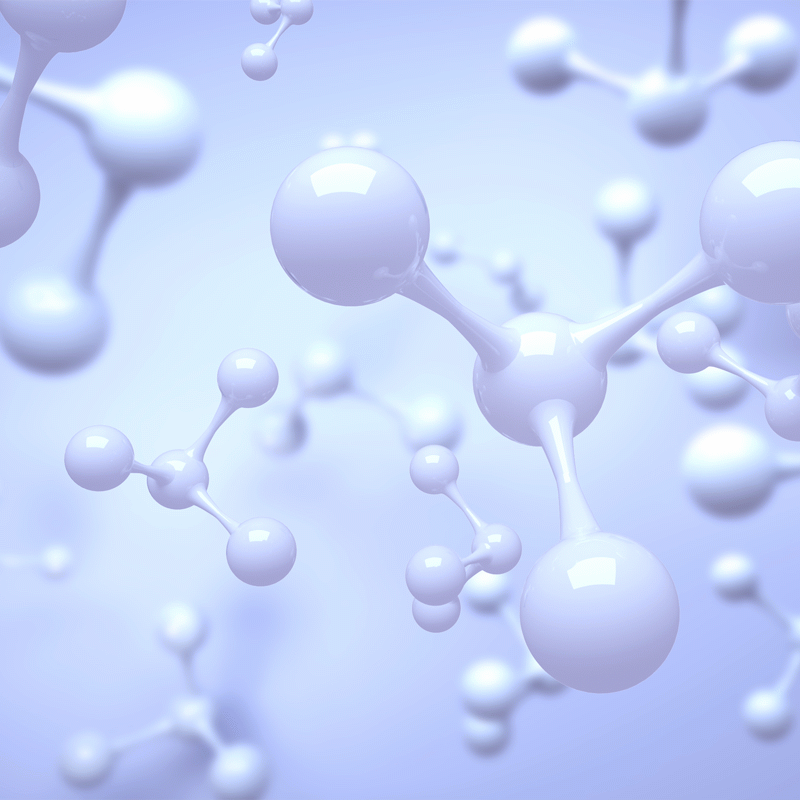-
Categories
-
Pharmaceutical Intermediates
-
Active Pharmaceutical Ingredients
-
Food Additives
- Industrial Coatings
- Agrochemicals
- Dyes and Pigments
- Surfactant
- Flavors and Fragrances
- Chemical Reagents
- Catalyst and Auxiliary
- Natural Products
- Inorganic Chemistry
-
Organic Chemistry
-
Biochemical Engineering
- Analytical Chemistry
-
Cosmetic Ingredient
- Water Treatment Chemical
-
Pharmaceutical Intermediates
Promotion
ECHEMI Mall
Wholesale
Weekly Price
Exhibition
News
-
Trade Service
2,4-Diamino-1-methylcyclohexane is an important organic compound with a wide range of applications in the chemical industry.
It is used as a building block for the synthesis of various chemicals, including pharmaceuticals, agrochemicals, and dyes.
The synthesis of 2,4-diamino-1-methylcyclohexane can be achieved through various routes, both natural and synthetic.
In this article, we will focus on the synthetic routes to this compound.
One of the most common synthetic routes to 2,4-diamino-1-methylcyclohexane involves the reduction of 2,4-diaminotoluene.
This can be achieved using various reducing agents, such as hydrogen gas in the presence of a catalyst, or by using a reagent like lithium aluminum hydride (LiAlH4).
The reduction of 2,4-diaminotoluene yields 2,4-diamino-1-methylcyclohexane in good yield.
Another synthetic route to 2,4-diamino-1-methylcyclohexane involves the nitration of 1-methylcyclohexene.
This can be achieved using nitrating agents like nitric acid or nitrosonium ion in the presence of a solvent like acetonitrile.
The resulting product is then reduced using a reducing agent like sodium borohydride to yield 2,4-diamino-1-methylcyclohexane.
A similar synthetic route involves the nitration of 1-methyl-2-propanol, followed by reduction using a reducing agent like sodium borohydride.
This route is advantageous because it avoids the need for the isolation and purification of 1-methylcyclohexene, which can be difficult and expensive.
2,4-Diamino-1-methylcyclohexane can also be synthesized by the condensation of 2,4-diaminotoluene with an appropriate aldehyde.
For example, the condensation of 2,4-diaminotoluene with formaldehyde in the presence of a catalyst like sodium hydroxide yields 2,4-diamino-1-methylcyclohexane in good yield.
In addition to these synthetic routes, 2,4-diamino-1-methylcyclohexane can also be synthesized by biotechnological methods.
For example, microbial nitrilases can be used to nitrile 1-methylcyclohexene to yield 2,4-diamino-1-methylcyclohexane.
This method is environmentally friendly and can be used to synthesize large quantities of the compound at a lower cost.
One of the key advantages of the synthetic routes to 2,4-diamino-1-methylcyclohexane is the ability to control the purity of the product.
In natural routes, the purity of the product may vary, and it may be necessary to isolate and purify the compound using expensive and time-consuming methods.
In contrast, synthetic routes allow for the synthesis of the compound in pure form, which is essential for applications in the pharmaceutical and agrochemical industries.
In conclusion, 2,4-diamino-1-methylcyclohexane is an important organic compound with a wide range of applications in the chemical industry.
It can be synthesized by various synthetic routes, including the reduction of 2,4-diaminotoluene and the nitration of 1-methylcyclohexene.
Synthetic routes offer the advantage of being able to control the purity of the product, which is essential for applications in the pharmaceutical and agro







